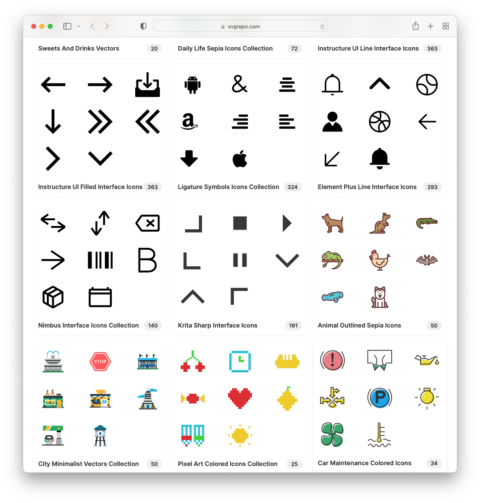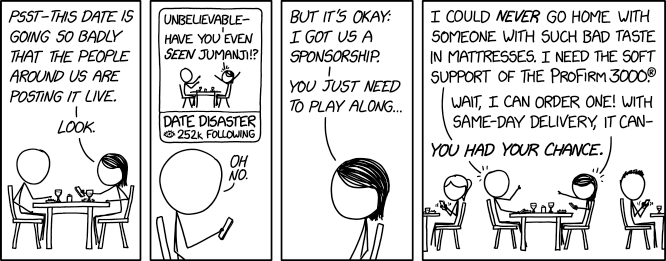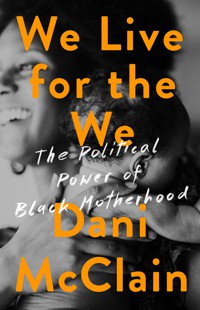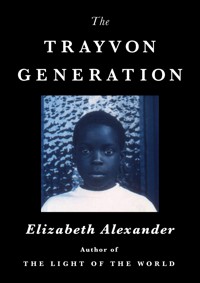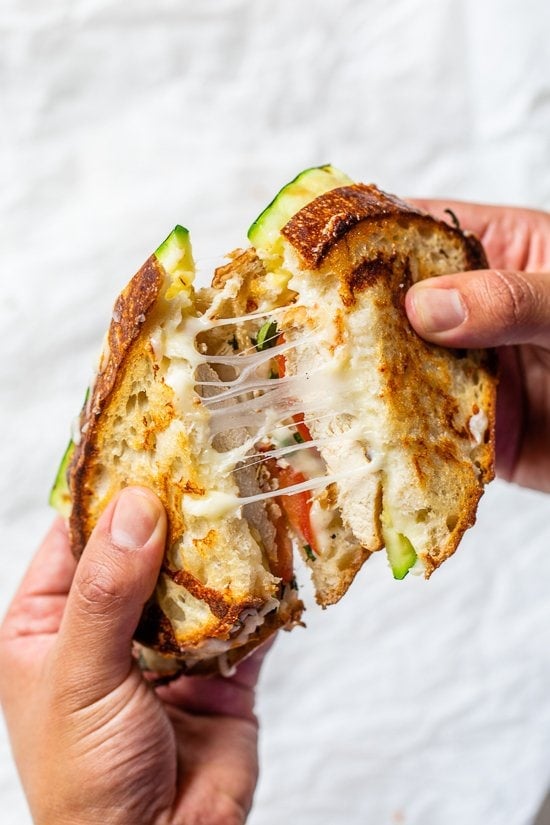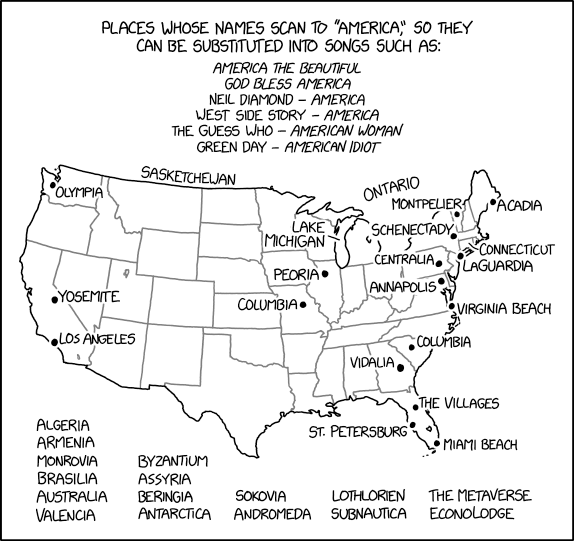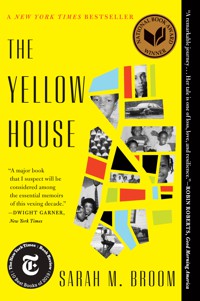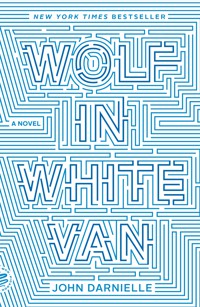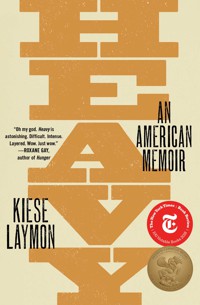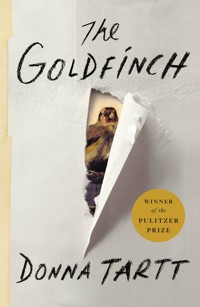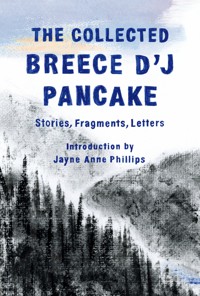This article was featured in the One Story to Read Today newsletter. Sign up for it here.
One morning a couple of years ago, during the awkward hour between my eldest daughter’s school drop-off and her sister’s swim lesson, I stopped at a coffee shop. There, I ran into the father of a boy in my daughter’s class. He was also schlepping a younger child around, and as we got to talking, I learned that we had a lot in common.
Like me, he had followed his spouse to the United Kingdom for work; she was a physician, learning some new procedure to take back to Australia. He couldn’t wait to move home to his big house down the road from the beach. “Do you think you’ll ever move back to the U.S.?” he asked. Sure, eventually, I said. Or at least that was the plan.
What he said next threw me: His wife had recently been offered a job in America. “It would have been great for her career,” he said, “but we figured it would be too dangerous for the kids.”
I can’t remember what I said in response—probably something about things not being quite as bad as they seem on the news. But his comment, and the matter-of-fact way he said it, stuck with me.
For most of my life, I have never felt anything but extreme, what-are-the-odds gratitude to have been born and raised in America. We have so much: a high median income and larger-than-average houses and some of the world’s most prestigious colleges and universities. When I tell people in the U.K. that I’ve moved there from the U.S., many respond with something to the effect of “Why on Earth would you do that?”
But their tone changes a little when I mention having kids. American parents have something of a reputation in Europe. We’re known for being intense, neurotic, overprotective, obsessed with academic achievement—“the opposite of relaxed,” Matthias Doepke, a professor of economics at the London School of Economics, told me. Some Europeans worry that American child-rearing norms will take hold there. Yet many of the parents I’ve spoken with also express some sympathy, or even pity, for American parents. They seem bewildered by how little support new parents receive in the U.S., and horrified by the prevalence of gun violence in American life.
Of course, people in many other parts of the world experience levels of poverty, violence, and instability that are far worse. By that measure, many Americans are indeed very lucky. But the United States is a rich country, and it could afford to alleviate some of the challenges its parents face. Instead, the U.S. mostly regards children, and the vital task of raising them, as a personal matter.
[Read: Parental leave is American exceptionalism at its bleakest]
If you have children in America, it is up to you to keep them safe, healthy, and well cared for. This philosophy shapes government policy in some obvious ways: The U.S. is one of the only countries in the world without guaranteed paid maternity leave. Compared with the rest of the OECD, an international coalition of 38 nations—most of them wealthy—it spends far less on direct cash benefits for families (which the U.S. briefly experimented with more broadly during the early pandemic but then abandoned), as well as on early education and child care. Statutory paid vacation, sick leave, caregiving leave, and pension credits for caregivers are all common in OECD countries but absent in America.
I’ve come to understand that Australian dad’s logic: America is a land of incredible opportunity, but it’s not a great place to raise kids.
The job of raising children is simply different in the U.S. It comes with fewer assurances and requires navigating a level of precarity that is unique in the developed world.
It is, in a word, harder.
To me, the American ideal of “having it all”—that is, working a full-time job while raising children—always seemed like way too much. So when I finished graduate school with a baby in tow, I sought out part-time work that I hoped to scale up when my kids got older.
But the sort of work you can do part-time in America is generally not the sort that offers any leave or that can cover the cost of child care for two kids. When I gave birth to my second daughter, in 2018, I left my job entirely. This was by no means a disaster—my husband has a great job with excellent health insurance—but it was daunting to entirely lose my foothold in the labor market. I spent my first year at home trying to start a freelance writing career but didn’t get very far. Then, at the end of 2019, we moved to the United Kingdom.
Among the wealthy, postindustrial nations that make up America’s peers, England is hardly the most supportive for parents. Brits sometimes describe their country as a kind of halfway point between Europe and America, and that’s certainly true for family policy. But with a full year of job-protected leave, up to 39 weeks of which is paid; cash stipends for parents; tax-free child-care funds; paid vacation and sick leave; universal health care; and a right to request flexible working arrangements, there is far more support for parents in the U.K. than in the U.S. I don’t qualify for some of these benefits due to my visa status, but all kids, including mine, are entitled to at least 570 hours of early-childhood education or child care per year from age 3 to 4, and most children start full-time school a year earlier than American kindergarten.
With this help, I was able to give freelancing another go. I’m now living my dream of having a career that allows me to pick my daughters up from school every day, and I owe it in no small part to the subsidized child care in England. I would not be writing this article without it.
I still find parenting overwhelming and difficult at times, even though I know I’ve got it better than most people. But there’s a different feel to parenting over here—more sure-footed and secure—and it took me a while to figure out why. It’s the sense that my children’s welfare is not all on me and my husband. That is, after all, what a policy like paid parental leave represents: the conviction that parents deserve support, that the work of raising a country’s next generation of citizens should be a collective enterprise. When the government instead leaves parents to look for employers willing to tolerate their care responsibilities, it sends a clear message: your kids, your problem.
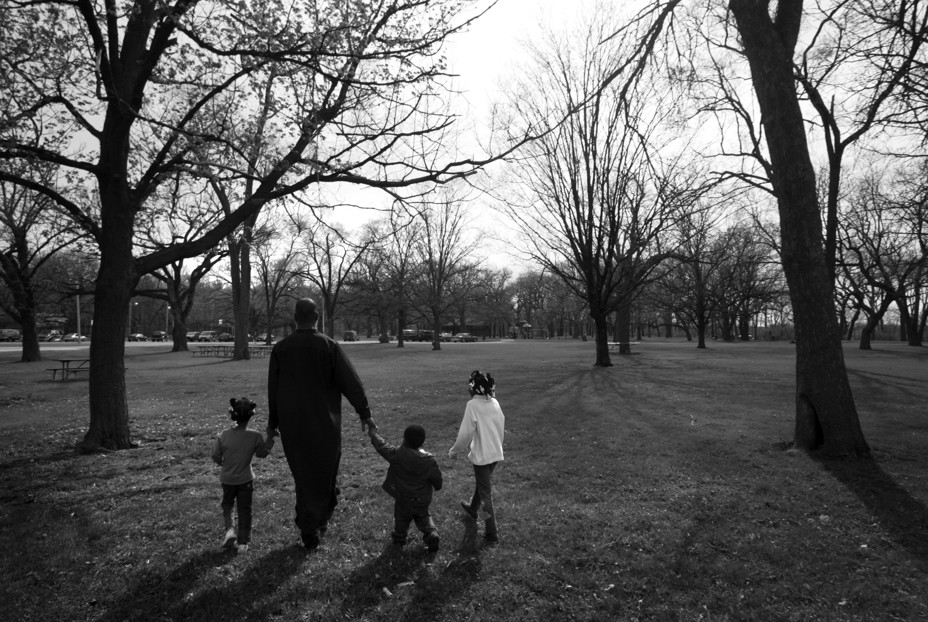
Take the example of Dina, who was born in Africa and works in higher education. When she found out she was pregnant, everyone in her and her husband’s extended families abroad assumed that she would have paid maternity leave. (Dina asked to be identified by her first name only so that she could speak openly about her leave experience.) But her academic job at the time offered no paid leave, and because she hadn’t been there for a full year when she gave birth, she didn’t even qualify for unpaid leave through the Family and Medical Leave Act (FMLA). This is something I encountered repeatedly in speaking with women for this article—the fact that they had switched jobs during their pregnancy or worked part-time rendered them ineligible for any job-protected leave, which isn’t how it works in many other countries.
[Read: The U.S. leaves parents on their own for a reason]
By the time Dina gave birth, she had accumulated just three days of paid time off. She scheduled her C-section for the Friday before the last week of the 2020 fall term so that she would have the weekend to recover before diving back into grading and research for the rest of her school’s winter break.
When the spring term started, she went back to teaching—virtually, due to the pandemic—at five weeks postpartum, still in pain from her C-section, pumping and nursing through six hours of class. Even so, Dina told me, in some ways she felt “lucky.” That her due date came so close to winter break was a stroke of good fortune; COVID-19 “saved” her, she said, because it allowed her to teach from home.
Another mother I spoke with, Patricia Green, was working as a home-health aide for a company serving people with disabilities when she found out she was pregnant. One of her clients would sometimes get violent and hit her belly, so Green sought out a new job at another agency. Like Dina, the fact that she started working there midpregnancy meant that she didn’t qualify for the FMLA. And even if she had been eligible, she needed the money, which meant that she had to go back to work two weeks postpartum, even though she didn’t have anyone she trusted to watch her child. “I feel like I was just kind of forced to go back to work, and I was not ready,” Green told me. “I would constantly be thinking about the safety of my child.”
Work-family conflicts continue throughout a child’s life—and, unsurprisingly, put the most strain on financially vulnerable mothers. Amanda Freeman, a sociologist at the University of Hartford who conducted a yearslong study of low-income mothers in America, told me that all of the women she surveyed were working, often multiple part-time jobs that not only paid poorly but also offered few benefits and none of the flexibility necessary to coordinate employment and parenting. Just-in-time scheduling, in which employers post employees’ schedules with very little notice and can change it at the last minute, made it difficult to arrange child care or, for that matter, any other aspect of their child’s life. “Sometimes they’ll pay for child care, which they can’t afford anyway, and then not have a shift,” Freeman said. The mothers Freeman interviewed worried about their kids getting sick—or about falling ill themselves—because few of them had any sick leave, which meant that if they called out of work, they lost money and potentially their job.
One mother I spoke with, Mendy Hughes, has worked at Walmart for more than 13 years. For many years, her employer only allowed her to work night shifts, sometimes until midnight, so she would bring her 10-year-old son to work when she couldn’t find someone to watch him. “I can’t call in,” she told me. “He had to get up and go to school the next day.”
On top of all this, many of the women Freeman interviewed depended on various forms of means-tested social assistance that are issued for brief and varied intervals and subject to stringent income limits and work requirements. Hanging on to them requires, among other things, regularly reporting detailed information about their earnings or work-related activities, creating an additional axis of work-family conflict. This triple load of work, parenting, and navigating public benefits is a direct by-product of America’s view of public support for parents as something you are not supposed to need, Freeman told me. It’s not something that happens when programs are universal.
To lose work in America is to lose not only your income and the child care it pays for but also practically everything else: your health insurance, your company’s retirement-savings plan, and, potentially, Social Security benefits. Even much of the social safety net—the earned-income tax credit, the refundable portion of the child tax credit, and often Temporary Assistance for Needy Families, what we usually think of as “welfare”—is tied to work. What help is left for those with little or no income is sparse, patchy, and difficult to access (and retain). If American families can’t find a way to juggle work and parenting in spite of all the obstacles, they have a lot to lose and very far to fall.
And people do fall. At least one in 10 Americans has medical debt; one study found that postpartum women, more than one in 10 of whom are uninsured, are significantly overrepresented among them. Nearly 5 percent of children in America have no health insurance, and, by one estimate, a third of children are underinsured. Even though the health system in the U.K. has problems, parents there and in other countries with universal health care don’t have to hesitate to seek care for their kids for fear they won’t be able to afford it.
American families are also more likely to live in poverty than those in most other OECD countries. And as Jane Waldfogel, a professor of social work at Columbia University, told me, “It’s not just that we have more poor kids, but that the penalty to being poor is stronger.” For one thing, kids who grow up in poverty in the U.S. are four times more likely to be poor as adults than those in Denmark or Germany, and twice as likely as those in the U.K. or Australia.
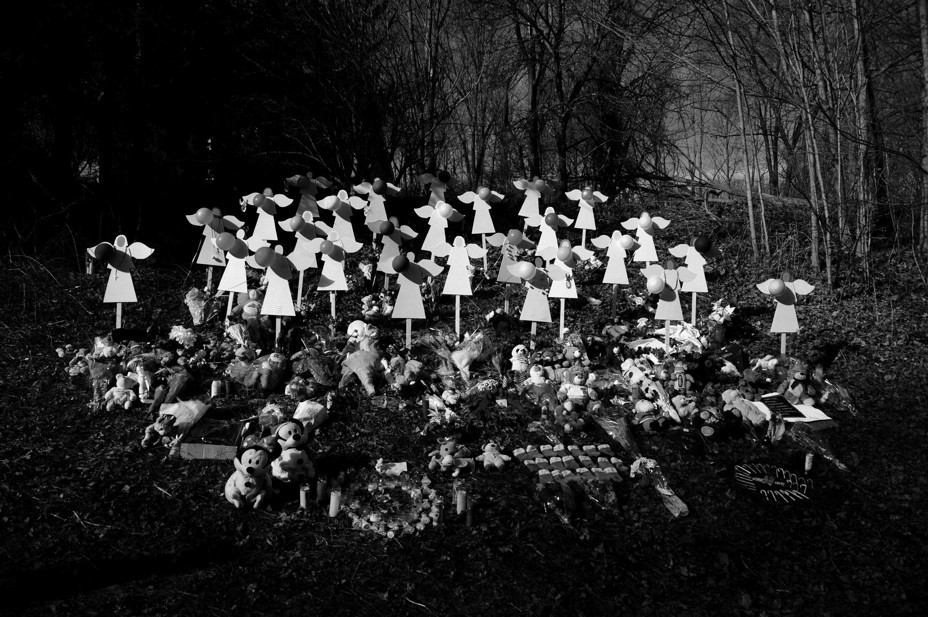
And then there’s the threat American parents have to worry about that pretty much doesn’t exist in many of the United States’s peer countries: guns. According to one analysis, from birth to 18, kids in the U.S. are nearly twice as likely to die as kids in a set of other wealthy countries—and the No. 1 cause of death is gun violence. Firearms are responsible for 20 percent of all U.S. child and teen deaths; the average among other comparably large and wealthy countries is less than 2 percent. Yet even that shocking statistic understates the degree to which guns distort childhood and complicate parenthood.
[Read: No parent should have to live like this]
The prevalence of gun violence is the reason Kayla Perry, who moved from the U.S. to Singapore in 2019, plans never to move back home. Born and raised in Silver Spring, Maryland, Perry’s first brush with gun violence occurred when snipers spent three weeks in 2002 shooting people across the greater Washington, D.C., area. Their first victim was the father of one of her classmates. Perry heard the news when a fellow student passed her a note in French class, minutes before the school went into lockdown. Everything about school life was strange that month, she remembers—they weren’t allowed to go out for recess, and no one stood outside at the bus stop. Perry was never a direct victim or survivor of firearm violence, yet it shaped her worldview. She recalled a time when, while walking home from school, she and her friends heard what they thought was a gunshot. “We all ran in zigzags all the way home, because it’s the best way to avoid a shooter,” she told me. “Looking back, like, how sad is it that a kid that age has that fear?”
American childhood today is indelibly shaped by that fear. School shootings have been rising in the past few decades; according to one count, in 2022, 40 people were killed and 100 more injured in 51 shootings. And even though most students will never encounter a school shooter, the pervasive threat and all of the countermeasures—the drills and metal detectors and bulletproof backpacks—produce a sense of unsafety at school. For parents, the unrelenting fear that your child could fall victim to a shooter is a source of anxiety, always there in the back of your mind.
But school shootings, and the defensive apparatus that has built up around them, are only the most visible way that firearm violence has warped American childhood. They represent a tiny fraction of gun deaths. Once, while Perry was home for winter break during her freshman year of college, her neighbor was shot in his driveway during an armed robbery. No one died, and Perry mostly accepted the swirling threat of gun violence as an ordinary part of life. “You could get in a car crash; you could get in a plane crash; you could be shot … That’s just normal life,” she said.
Only when she moved away did she fully appreciate how unusual widespread gun violence is in other parts of the world, or start to wonder what it would be like to grow up without it. Perry doesn’t have children yet, but she wants them—and that’s why she’s decided she will not move back to the United States. She wants her future kids to live in a country where they don’t need to worry about firearms.
For a year during the pandemic, I found myself in the somewhat strange position of writing a weekly roundup of parenting advice for an American audience from my perch overseas. I remember reading an article published after the Uvalde massacre, meant to give American parents data-driven advice on how to protect their kids. The author accurately noted that the overwhelming majority of children who die by gun violence aren’t killed at school. Nearly a third of deaths from firearms among minors are suicides. Among kids under 13, nearly half of gun deaths and injuries are accidental.
Nothing epitomizes U.S. individualism quite like widespread gun ownership—and nothing more clearly illustrates the impossible burdens that individualism inevitably places on parents. No amount of tragedy has yet convinced Americans to set aside their guns, so instead we saddle parents with the absurd task of protecting their children from other gun owners while also ensuring that the child never stumbles across a gun.
All of this might help explain why American parents act the way they do.
In many parts of the world, parenting has gotten more intense, and childhood has become less free. But the all-consuming nature of American child-rearing is extreme compared with many other countries, Doepke, the economics professor, told me. In the U.S., for example, preschool is much more academic. (While searching for summer camps last year, I stumbled on a “USA-style” camp where kids can learn to code.) In the Nordic region and elsewhere, early care settings are more focused on playing in nature. “If you live in Stockholm and do the American thing of teaching numbers and letters to your kids and signing them up for violin at age 4, then your Swedish friends will tell you that is almost child abuse,” Doepke said.
This meddling style of parenting may have started out as an idiosyncrasy of the upper classes, but it has become the norm—or at least the aspiration—for many American parents. We see it not only in that early academic pressure but also in the way moms and dads devour parenting advice, and the high degree of surveillance kids are subjected to. But, of course, not everyone has the time and resources to meet these standards. Amanda Freeman told me that every parent in her survey of low-income mothers was aware of intensive-parenting norms; most were desperate to replicate them and ashamed when they couldn’t.
[Read: The gravitational pull of supervising kids all the time]
Hannes Schwandt, an economist at Northwestern University, told me that in many communities in Switzerland, where he used to teach, accompanying children on their walk to school was generally frowned upon. By comparison, American children seem to be raised as if they were in a “combat zone,” Schwandt said. Perry noted something similar in Singapore—kids there are extremely focused on academics (many go to after-school school), but they also have a tremendous amount of freedom from a young age, riding the metro or going to the mall on their own.
It’s ironic that in a country so committed to freedom, children have so little of it; that in a society so committed to personal responsibility and self-reliance, children can do so little for themselves. But perhaps that’s not a coincidence. In their book, Love, Money, and Parenting, Doepke and his co-author, Fabrizio Zilibotti, argue that much of the variation among wealthy nations in parenting styles has economic roots. The emphasis that parents across the world put on hard work (relative to values such as independence and imagination) lines up remarkably well with their country’s economic inequality. About 9 in 10 Chinese parents and two-thirds of American parents place hard work among the most important values to pass along to children. In Sweden, it’s 11 percent. This makes a lot of sense: Parents everywhere want to set their kids up for success, but “the economic environment really shapes what that means,” Doepke said.
Pushing your kids to do well in school and filling out their free time with extracurriculars that will help their college applications might be tough on children, but if you live in the U.S., it is still likely the rational thing to do. The risks, both physical and financial, of taking a hands-off approach to parenting are simply higher in America than in pretty much any other comparably wealthy country.
This, I think, is the quandary I find myself in when weighing whether to return to the United States: I don’t know that I can move back to America without becoming an American parent. The task of raising a child is always uncertain and daunting, even under the best of circumstances. But when you sign up to be a parent in the U.S., you are signing up to navigate threats to your kids’ safety and your family’s financial stability that you would not have to consider if you lived in any comparable country. There’s no opting out of these stressors; they’re part of the job.
My husband and I still plan to move back to the U.S. at some point. We want to be near our families—and will need to be, eventually, in order to help care for our parents as they age. We always assumed that moving closer to family members who can help out with our kids would make parenting easier. But I don’t know if my relatives’ support would be enough to offset the feeling that my country doesn’t have my family’s back. It’s a tragic thought: that moving home is not what’s best for my family. But it’s one I cannot shake.

